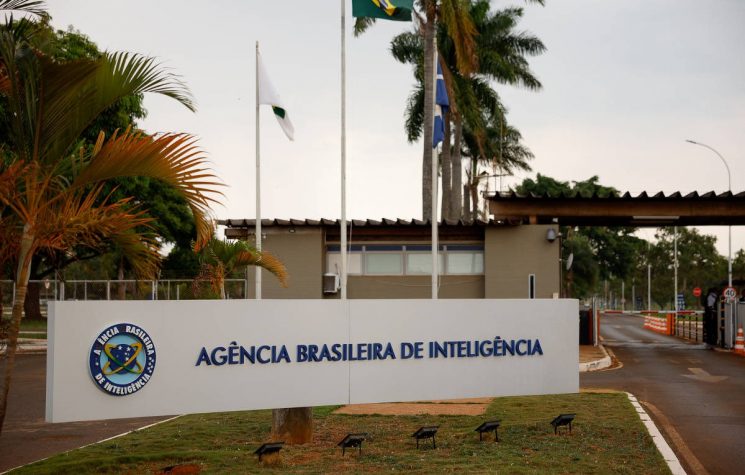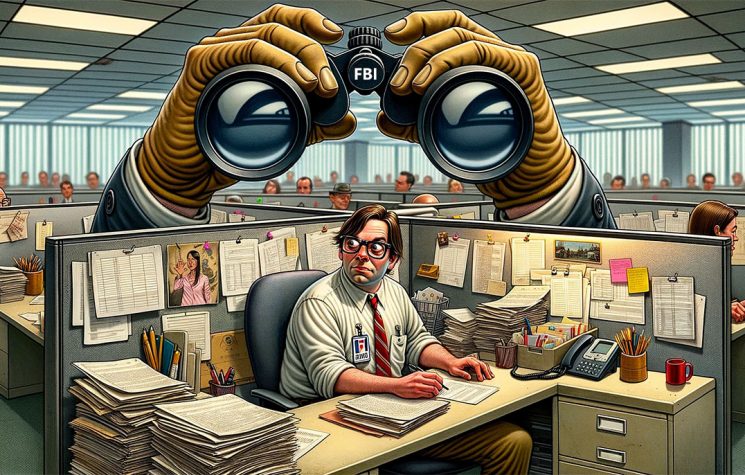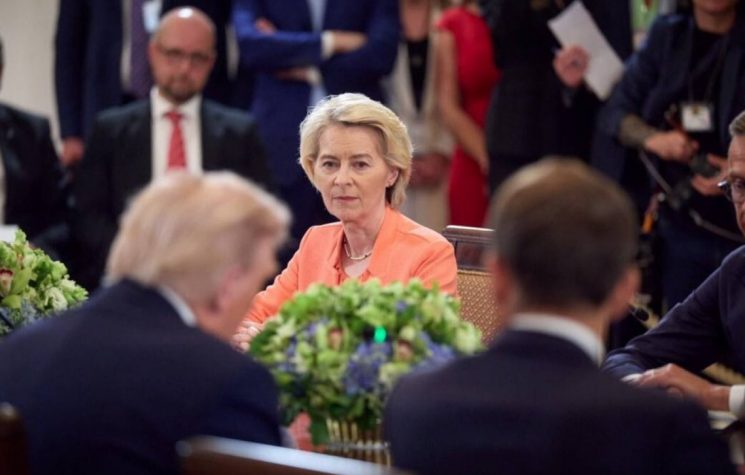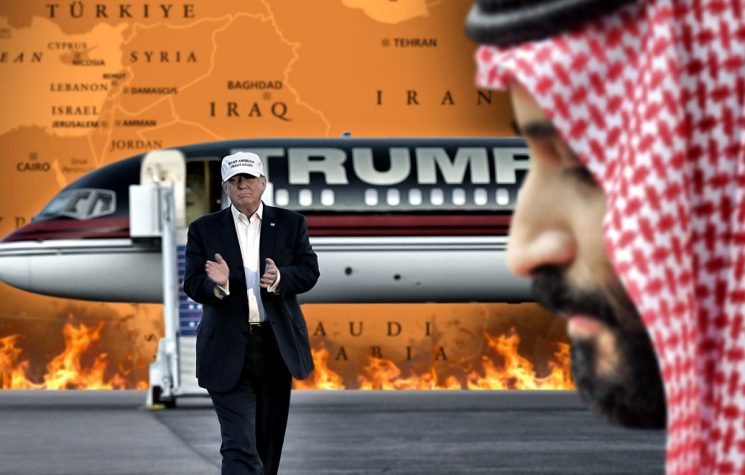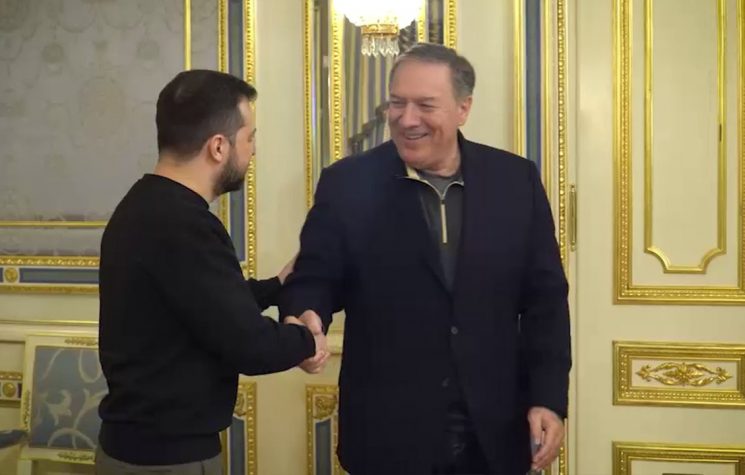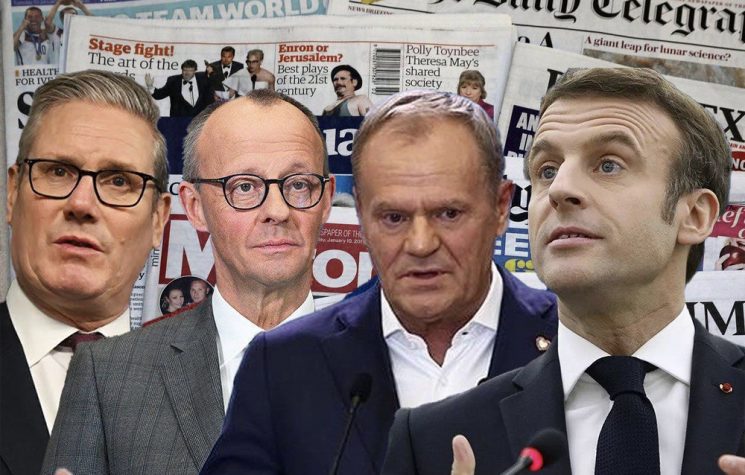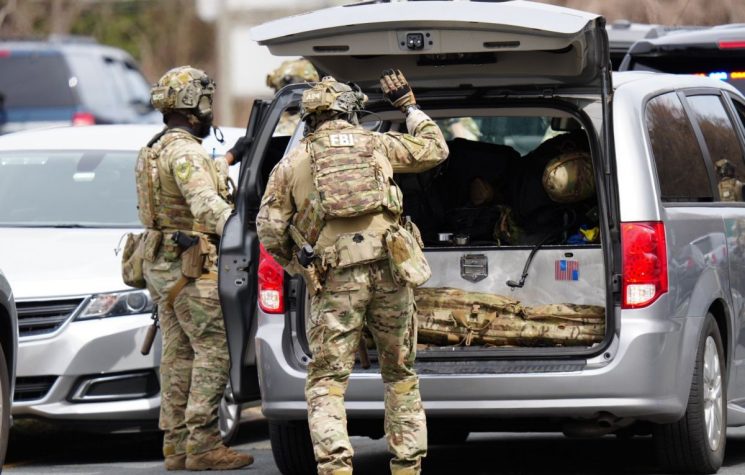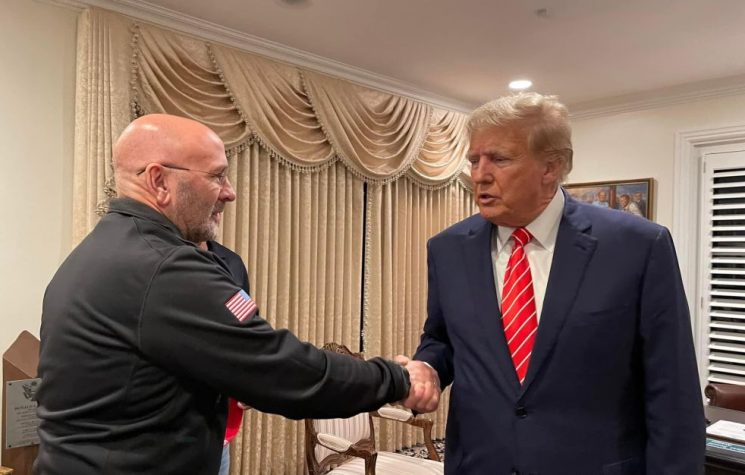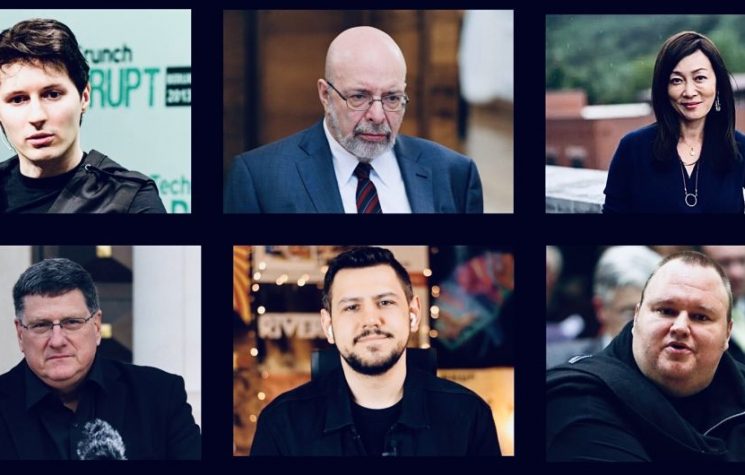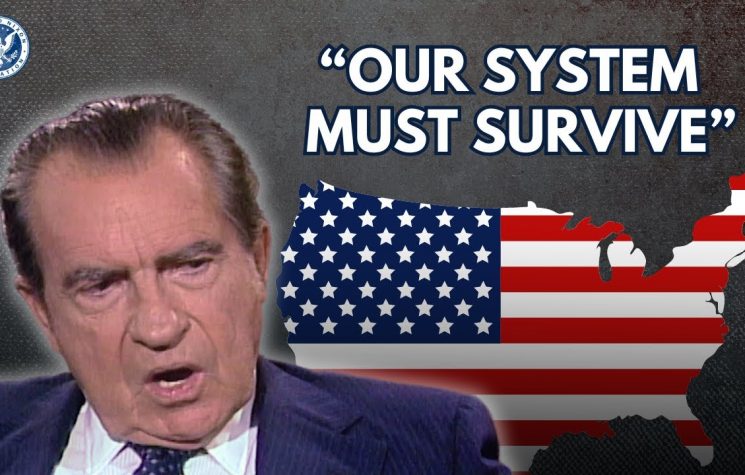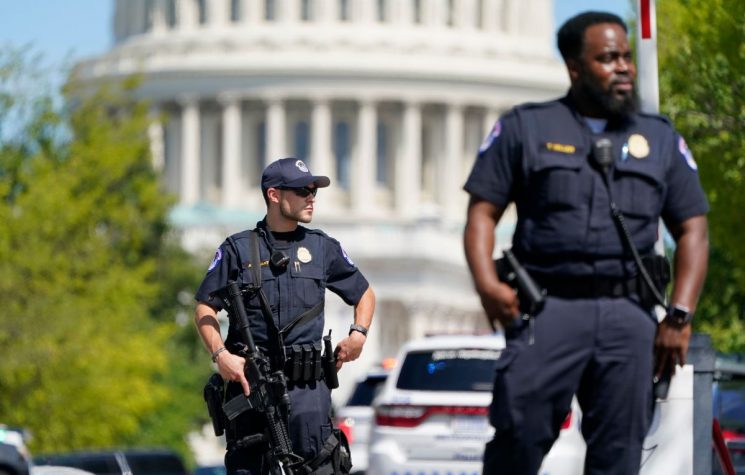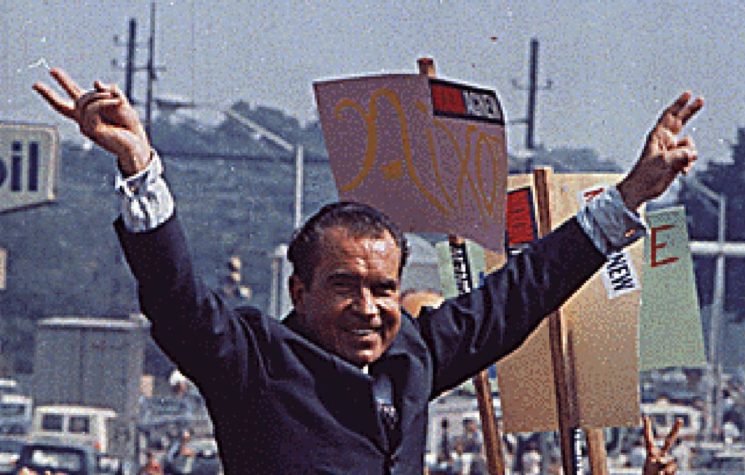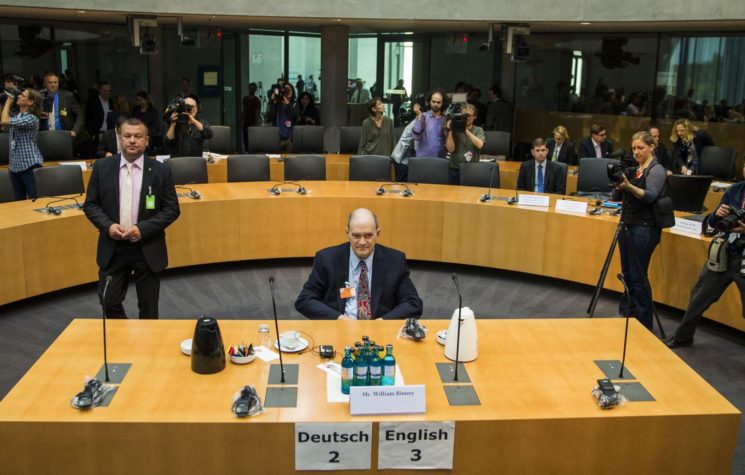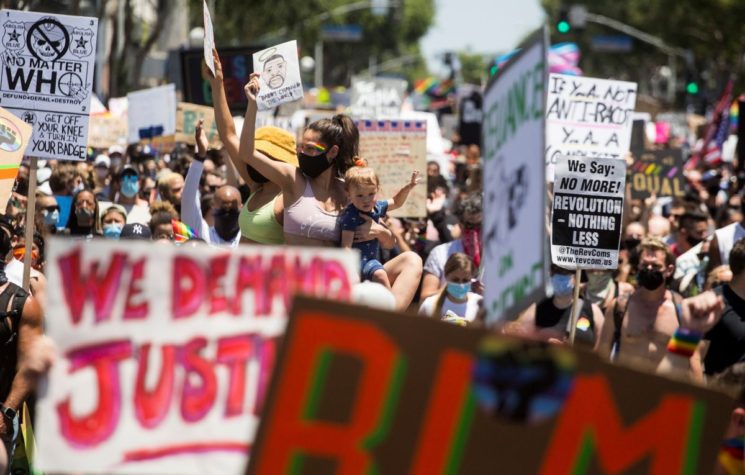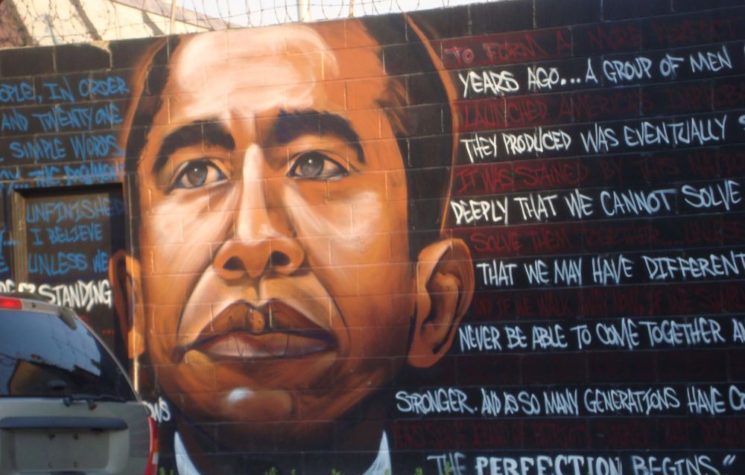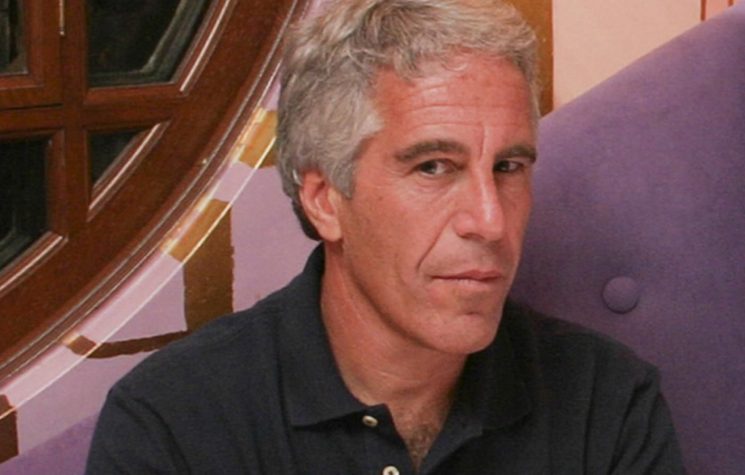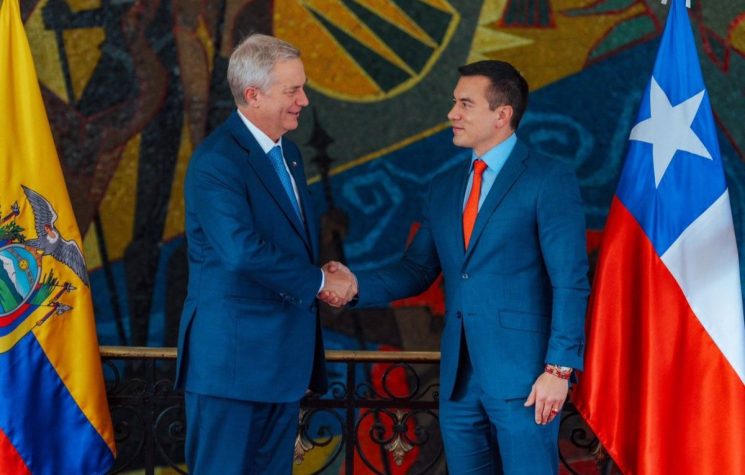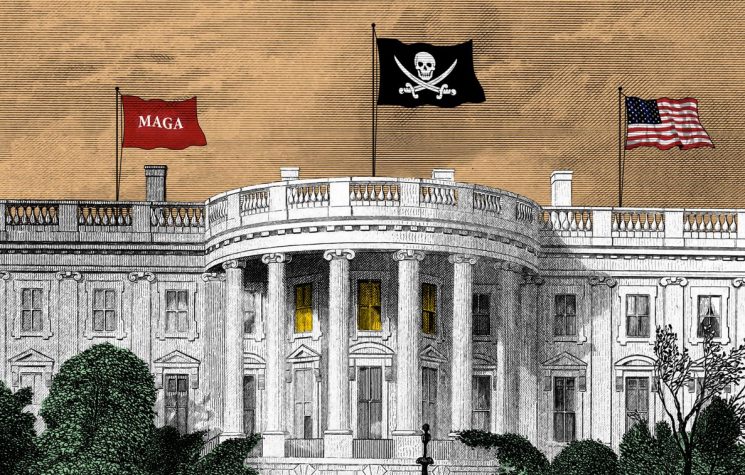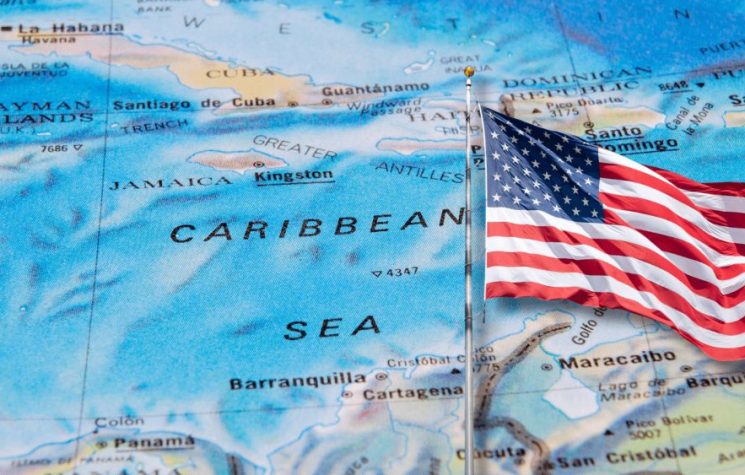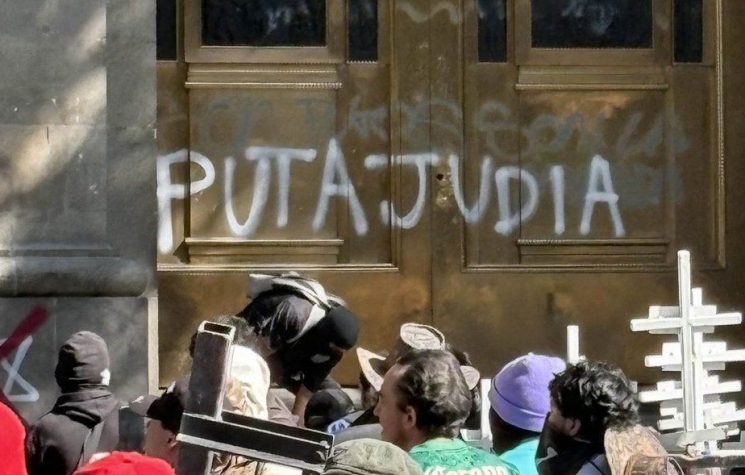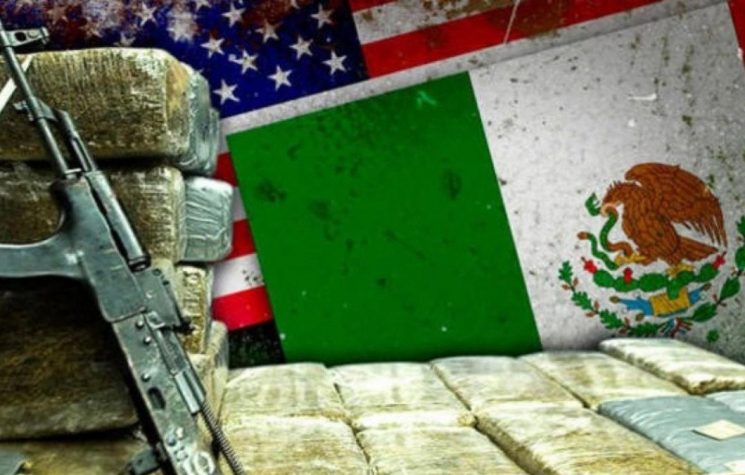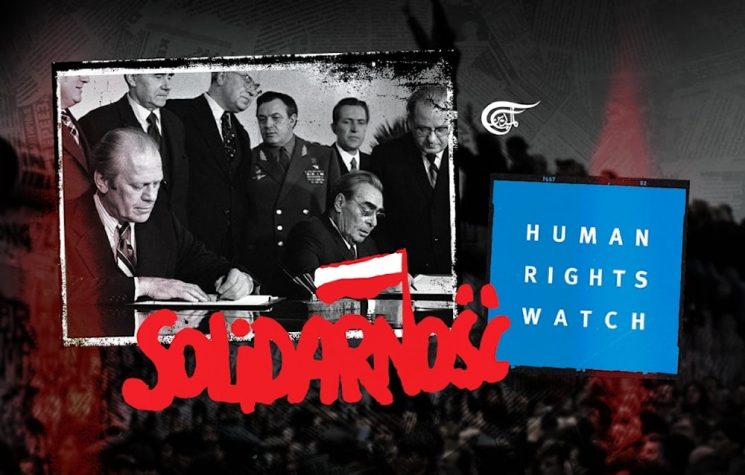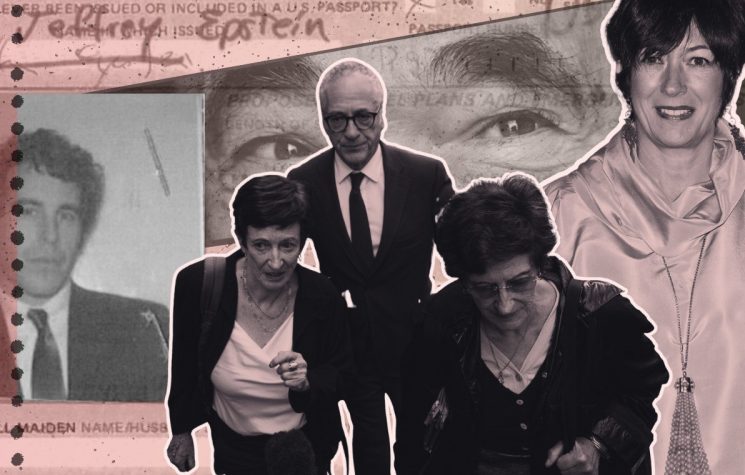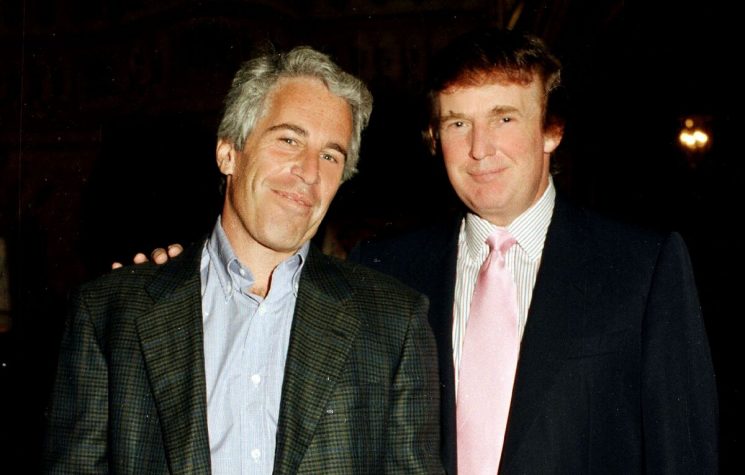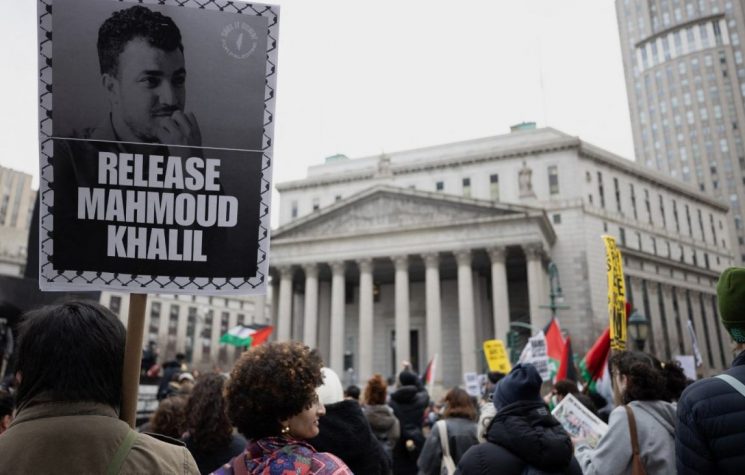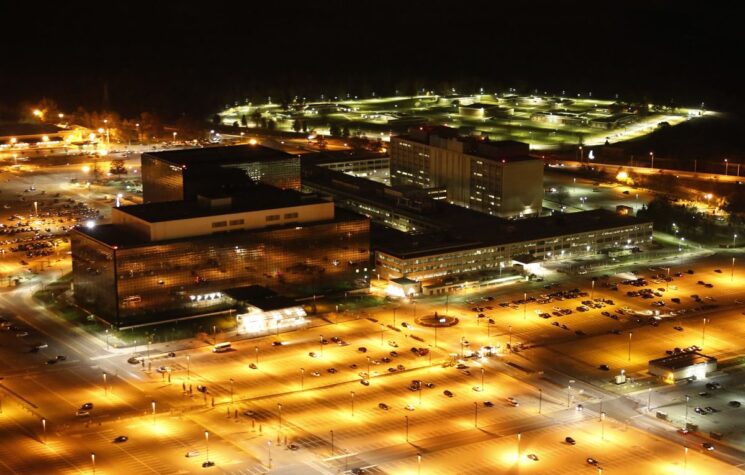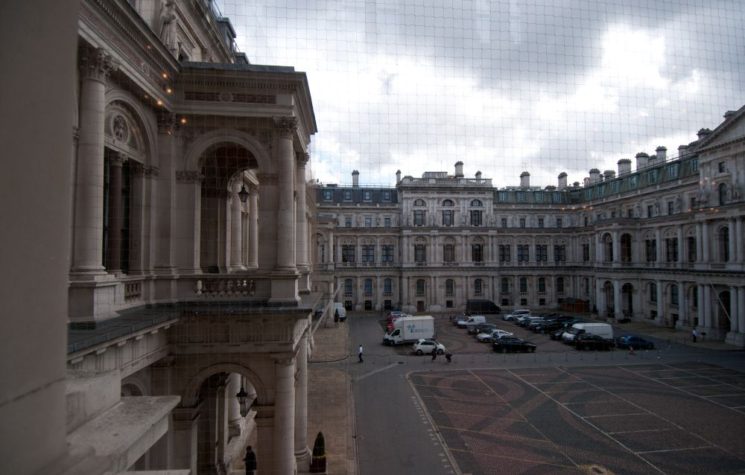Not since the Nixon administration has a US president flagrantly attempted to use the NSA to involve itself in a domestic law enforcement matter in pursuit of an Oval Office cover-up.
A few weeks after Donald Trump’s inauguration he blasted the US National Security Agency (NSA), falsely claiming the signals intelligence agency leaked classified information to the media. In February 2017, Trump tweeted: “Information is being illegally given to the failing @nytimes & @washingtonpost by the intelligence community (NSA and FBI?) . . . Just like Russia.” It was Trump’s second public attack on NSA. During the 2016 presidential election campaign, Trump accused NSA of withholding intercepted copies of his opponent Hillary Clinton’s emails.” Trump ranted, “Obviously they [NSA] don’t want to get them… they’re protecting her, they’re coddling her.”
Trump displayed for the world to see his ignorance about the role and mission of the NSA. Even after the agency’s intra-Five Eyes signals intelligence alliance warts were publicly exposed by the Edward Snowden leaks, Trump was making wild accusations about NSA that have only been the fodder for Hollywood movies like “Enemy Of The State.” “Mercury Rising,” “Sneakers,” and “Good Will Hunting.”
The recently-released heavily-redacted report by Justice Department Special Counsel Robert Mueller on foreign involvement in the 2016 presidential election contains a startling revelation: not since the Nixon administration has a US president flagrantly attempted to use the NSA to involve itself in a domestic law enforcement matter in pursuit of an Oval Office cover-up. According to Volume II of the “Report On The Investigation Into Russian Interference In The 2016 Presidential Election, President Trump attempted to involve the NSA in the FBI’s then-ongoing investigation into Trump’s campaign and his possible illegal activities as president.
Trump’s actions to misuse a US intelligence agency to protect him from criminal liability is an impeachable offense. The precedence was decided by the US House of Representatives in Article II of its impeachment resolution against Richard Nixon. The House found that, in the case of Nixon, he abused his office by misusing federal agencies in violation of their regulations. The article states that Nixon “repeatedly engaged in conduct violating the constitutional rights of citizens, impairing the due and proper administration of justice and the conduct of lawful inquiries, or contravening the laws governing agencies of the executive branch and the purposes of these agencies.”
Mueller’s investigation uncovered Trump’s possible use of NSA to assist him in stymying the FBI’s investigation of Trump’s 2016 campaign. The report states: “the President reached out to the Director of National Intelligence and the leaders of the Central Intelligence Agency (CIA) and the National Security Agency (NSA)” to involve them in his goal of suppressing the FBI’s investigation of him and his campaign.
The Mueller Report states, “On March 26, 2017, the day after the President called Coats [Director of National Intelligence Dan Coats], the President called NSA Director Admiral Michael Rogers. The President expressed frustration with the Russia investigation, saying it made relations with the Russians difficult.” Mueller’s investigation did not commence until May 17, 2017, so the investigation was still being handled by the Justice Department and FBI.
The Mueller Report continues: “The President told Rogers “the thing with the Russians [wa]s messing up” his ability to get things done with Russia. The President also said that the news stories linking him with Russia were not true and asked Rogers if he could do anything to refute the stories. Deputy Director of the NSA Richard Ledgett, who was present for the call, said it was the most unusual thing he had experienced in 40 years of government service. After the call concluded, Ledgett prepared a memorandum that he and Rogers both signed documenting the content of the conversation and the President’s request, and they placed the memorandum in a safe.”
Considering the fact that Ledgett revealed to Mueller’s investigators that he had never experienced anything like Trump’s request in 40 years of government service, it can be assumed that if Ledgett began his service in 1977 in the US Army in a signals intelligence-related role, followed by his joining the NSA in 1988, his 40 years of NSA or NSA-connected service was during the post-Foreign Intelligence Surveillance Act (FISA) era.
The FISA of 1978 was specifically enacted to prohibit the abuse of NSA or any other intelligence community agency for warrantless political purposes not approved by the Foreign Intelligence Surveillance Court. Between 1952 and 1974, using classified eavesdropping programs with codenames like SHAMROCK and MINARET, the NSA compiled files on 75,000 Americans, including civil rights and anti-war activists, members of Congress, journalists, and others. In 1970, Nixon submitted to the directors of the FBI, CIA, Defense Intelligence Agency, and NSA his infamous Huston Plan. The plan called for US intelligence agencies to engage in illegal surveillance of “radicals.” Nixon’s Attorney General, John Mitchell, later referred to the Huston Plan as “White House horrors.” Enactment of the FISA was a direct result of Nixon’s threatened Huston Plan. Did Trump ask Rogers and Ledgett to return to the “status quo ante” and illegally collect compromising information on his perceived enemies in Congress, the press – which he refers to as the “enemy of the people,” and others? Answering that question should be one of the top priorities of the House oversight committees.
The NSA director who implemented FISA throughout the US Signals Intelligence system was the no-nonsense Admiral Bobby Ray Inman. In only a few cases since Inman’s tenure has any NSA director veered from a commitment to the laws and regulations implementing FISA and constraining NSA’s authorization to eavesdrop on US citizens. George W. Bush’s operation STELLAR WIND, permitting warrantless surveillance, which was strenuously opposed by then-Attorney General John Ashcroft and his deputy, James Comey, is one notable exception.
Edward Snowden’s revelations about the NSA program codenamed PRISM may have whetted Trump’s appetite for the type of private communications NSA could harvest without abiding by current laws and regulations. Digging up compromising information on his enemies was Nixon’s most earnest desire when he developed his infamous “enemies’ list.”
Considering that Ledgett said he had never experienced anything like Trump’s request in his 40-years of Army and NSA service and felt compelled to commit the request to a memorandum and, with Rogers, sign it and place it in a safe in one of the most-secure facilities on the planet, Rogers’s insistence that Trump’s request was not “illegal, immoral, unethical, or inappropriate” does not hold logical water. Ledgett’s sudden decision to retire from government service on February 3, 2017, a few weeks after Trump’s inauguration, is also germane. So, too, is Trump’s initial reluctance to award the National Security Medal to Ledgett after his retirement from NSA. Trump was forced to award the medal to Ledgett after pressure was brought by then-National Security Adviser H.R. McMaster and DNI Coats.
Shortly after his election in November 2016, Trump summoned Rogers to Trump Tower for a meeting. Apparently, Rogers never informed Director of National Intelligence (DNI) James Clapper or anyone in the Obama administration about the Trump-requested meeting. While, it is true that the Obama administration was never happy with Rogers’s overall performance at NSA, there is no indication that he was to be fired during a lame-duck Obama administration. Whatever Trump asked Rogers, the admiral never revealed it prior to the end of his directorship on May 4, 2018. There are unconfirmed reports that Trump considered replacing Clapper as DNI. However, Trump chose Coats and Rogers retired in 2018 to go to work for the Israeli intelligence firm, Team8.
The Rogers-Ledgett Memorandum of March 26, 2017 may be one of the most important “smoking gun” evidentiary documents in the Trump scandal. Of the tapes of 64 Oval Office conversations of Nixon in Watergate, it was one particular tape – that of a conversation six days after the 1972 Watergate break-in – that sped up Nixon’s resignation from office. That tape, recorded on June 23, 1972, contained a conversation between Nixon and White House chief of staff H. R. Haldeman that revealed Nixon’s desire to use US intelligence agencies to cover-up the Watergate break-in. On the tape was “prima facie” evidence that Nixon decided that his White House officials should approach Richard Helms, the director of the CIA, and Vernon A. Walters, CIA deputy director, and convince them to contact L. Patrick Gray, the acting director of the FBI, and compel him to halt the bureau’s investigation of the Watergate burglary on “national security” grounds. Watergate Special Prosecutor Leon Jaworski, who replaced Archibald Cox – fired in the October 1973 “Saturday Night Massacre” purge of the Justice Department leadership by Nixon, believed that the President, by involving the CIA in the FBI’s investigation, initiated a criminal conspiracy to obstruct justice.
The exposure of the June 23, 1972 tape sank the Nixon presidency, just as the March 26, 2017 NSA memo could be striking enough in its actual content to show blatant obstruction of justice by Trump. Ledgett claims he never experienced anything like Trump’s request of NSA in his 40 years of government service. There is little chance that the memo merely concerns Trump’s request for the NSA to state publicly that Trump was innocent of any election campaign “collusion” with Russia. For Ledgett to memorialize the conversation in a memo points to Trump making a request that was violative of the law. The memo was written seven days after White House Press Secretary Sean Spicer made a wild accusation, based on a flimsy Fox News report, that President Obama had asked Britain’s NSA counterpart, Government Communications Headquarters (GCHQ), to spy on the Trump campaign. GCHQ and Rogers rejected the Fox report as nonsense. Past NSA directors and deputy directors have made comments supporting a president’s initiatives, for example, NSA’s public endorsement of President Bill Clinton’s cryptographic key escrow initiatives.
Donald Trump’s knowledge of NSA, as with other agencies of government, is extremely shallow and indicative of a school boy’s appreciation for the roles and responsibilities of agencies like the NSA, CIA, and FBI. Trump, a denizen of and product of pop culture, likely only knows about NSA from the movies and television shows that illustrate the signals intelligence agency as an eavesdropper of private telephone calls and email exchanges. Trump has no appreciation for US Signals Intelligence Directive (USSID 18), which implements the FISA and stipulates that all surveillance and intercepts of the communications of “US Persons” must be pursuant to a legitimate court order – under a FISA or Title III law enforcement predicate – or a compelling “ticking bomb” national security matter.
Trump may only know about NSA from his friend Jon Voight’s portrayal of Thomas Reynolds, a law-breaking renegade Deputy Director of the NSA, in the 1998 film “Enemy of the State.” Trump may have believed that Rogers and Ledgett were in positions to collect dirt on his political enemies. It would be hard to believe that Ledgett, a 40-year career NSA professional, would commit to written form a conversation between the two top NSA chiefs and the President unless the subject of Trump’s requests were in clear violation of FISA, USSID 18, and the Constitution. In other words, the Rogers-Ledgett Memo may be smoking gun evidence of obstruction by Trump on par with the June 23, 1972 Nixon tape.








